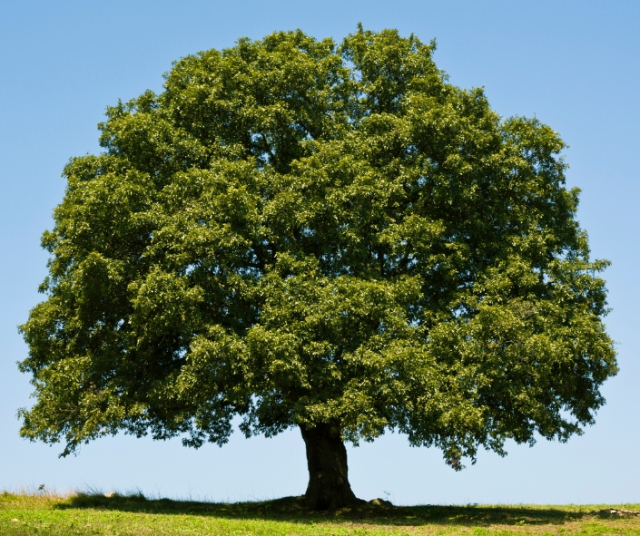Arbor Day is a date of great significance throughout the world, and Peru is no exception. This celebration, which aims to promote awareness of the importance of trees in our lives and in the environment, takes place every year in different parts of the country.
Origins of Arbor Day in Peru
The celebration of Arbor Day in Peru has its roots in a combination of historical, cultural, and environmental factors. The country, with its vast and diverse geography, is home to a rich variety of ecosystems, from the Amazon rainforest to the Andes to the shores of the Pacific Ocean. The abundance of flora and fauna in these ecosystems has been crucial for the subsistence and development of communities throughout history.
Arbor Day in Peru originated in the 20th century as an initiative to highlight the importance of natural resources and their conservation. In 1925, the Peruvian government officially established the "Day of the Tree and Water", which was celebrated on September 1 of each year. This date was chosen to coincide with the beginning of the rainy season in the Peruvian highlands, a vital period for aquifer recharge and flora revitalization.
The choice of this date was not accidental. In the regions of the Peruvian Andes, the arrival of the rains marks the beginning of a vital cycle for the ecosystems and the communities that depend on them. Rainfall recharges riverbeds and lagoons, ensuring the supply of water for human consumption, agriculture, and wildlife. In addition, the rainy season is conducive to planting trees and plants, since the humid soil favors the rooting and healthy growth of plant species.
Tree and Water Day in Peru not only focused on planting trees, but also highlighted the importance of water as a vital resource. This comprehensive perspective reflected the understanding that trees and forest ecosystems have a fundamental role in regulating hydrological cycles and conserving water.
Over time, the celebration of Arbor Day has become an opportunity to involve society in the conservation and restoration of forests, as well as in the promotion of sustainable practices in relation to natural resources. The focus on reforestation, environmental education, and raising awareness of current and future environmental challenges has transformed this celebration into a platform for action and positive change in Peru.
Importance of Arbor Day
The celebration of Arbor Day in Peru goes beyond being a mere anniversary; represents a constant reminder of the interdependence between humans and nature. Trees, as fundamental pillars of terrestrial ecosystems, play a critical role in the health of the planet and in the quality of life of its inhabitants. In this context, the importance of Arbor Day acquires a transcendental meaning in multiple dimensions.
Regulation of Climate and the Water Cycle: Trees are true guardians of the global climate. Through photosynthesis, they absorb carbon dioxide from the atmosphere, helping to reduce the greenhouse effect and mitigate climate change. Furthermore, by releasing oxygen during this process, they provide the vital air for animals and humans to breathe. Forests also play a crucial role in regulating the water cycle, acting as natural sponges that store water in their roots and soil, gradually releasing it to maintain river and stream channels, as well as to recharge aquifers.
Biodiversity Conservation: Forests are home to an immense diversity of animal and plant species. By protecting and conserving forest habitats, the survival of many creatures that depend on these spaces for food, reproduction and shelter is ensured. Forest loss leads to the extinction of species, which in turn can disrupt natural balances and have unintended consequences on ecosystems.
Soil Erosion Prevention and Maintenance: Tree vegetation has a direct impact on preventing soil erosion. The roots of trees and plants stabilize the soil, preventing the loss of fertile soil due to the action of wind and water. Deforestation unleashes erosive processes that can have devastating consequences, such as soil degradation, decreased water quality, and loss of productive land for agriculture.
Improvement of Human Well-being: The presence of trees in urban and rural environments has a direct impact on the well-being of people. Wooded spaces offer shade and freshness, creating pleasant microclimates in urban areas and providing places for recreation and recreation. In addition, trees can have a positive effect on people's mental and emotional health, by offering natural environments that promote relaxation and connection with nature.
Economic and Cultural Opportunities: Forest resources also have significant economic and cultural value. Many communities depend on forests for timber, fruits, resins, medicinal plants, and other products. The celebration of Arbor Day is an opportunity to highlight the importance of sustainable management of forest resources and promote practices that balance conservation with the responsible use of these resources.
Actions for Conservation and Restoration
Over the years, various organizations, government institutions, and local communities have worked hard to promote the conservation and restoration of forest resources in Peru. The country is home to one of the most biodiverse regions on the planet, but also faces challenges in terms of illegal deforestation, unregulated mining, and land use change.
Arbor Day provides an opportunity to carry out concrete activities. Many communities carry out massive planting days of native trees, enriching the landscapes with autochthonous species that are better adapted to local conditions and support local fauna. In addition, talks, workshops and educational events are organized to highlight the importance of forests and associated ecosystems.
Despite the efforts made, Peru still faces significant challenges in terms of forest conservation and environmental sustainability. The balance between economic development and environmental protection remains a sensitive issue. The expansion of agriculture, mining and urbanization often results in the loss of forest areas and the fragmentation of habitats.
To address these challenges, a holistic approach involving all stakeholders, from government and non-governmental organizations to local communities and the private sector, is essential. Investing in environmental education, strengthening environmental legislation and promoting sustainable practices are essential steps to ensure a future in which nature and people thrive together.
